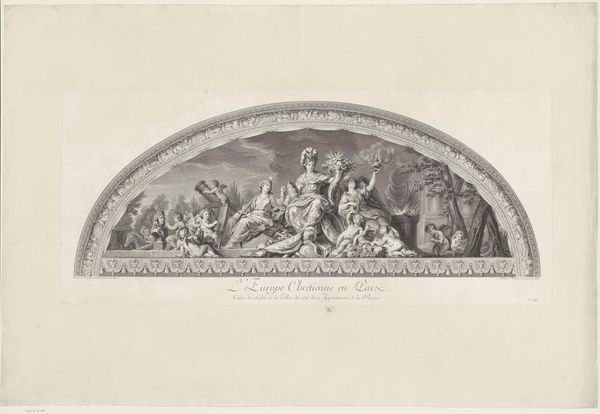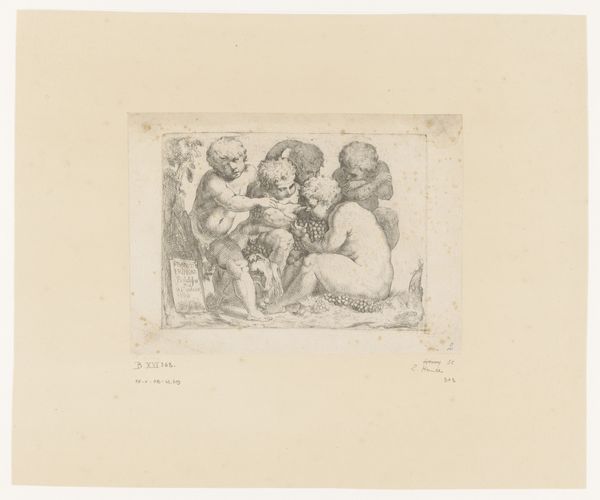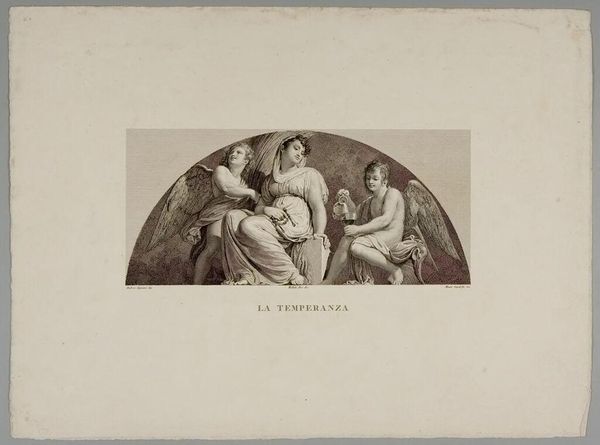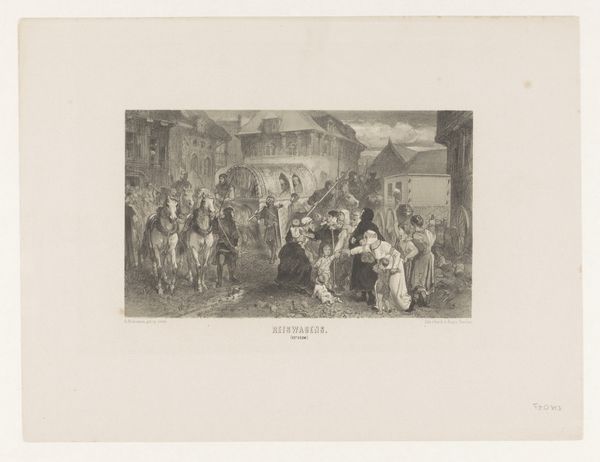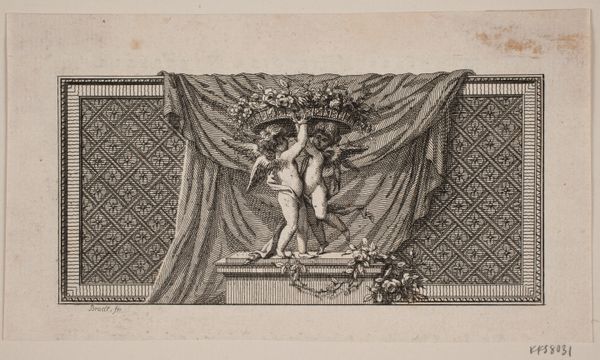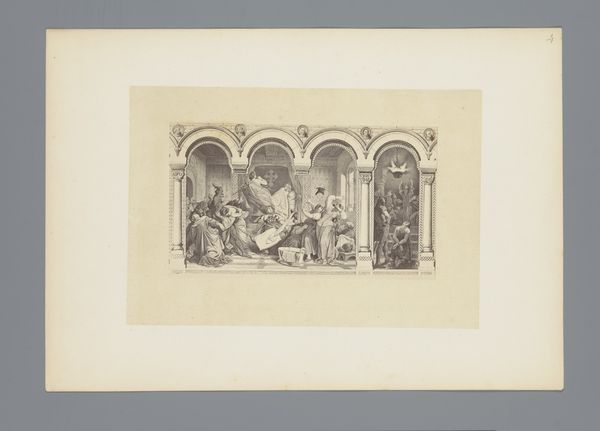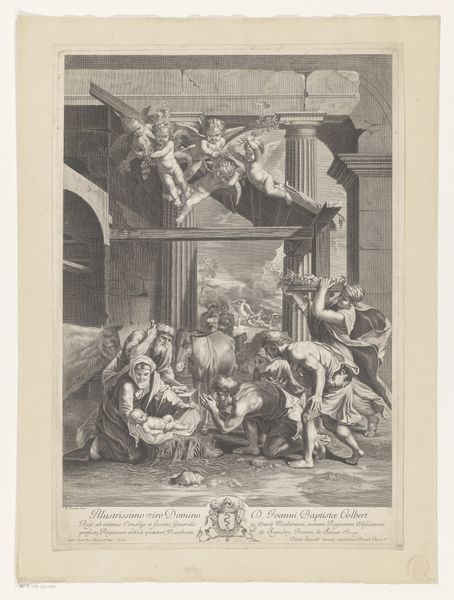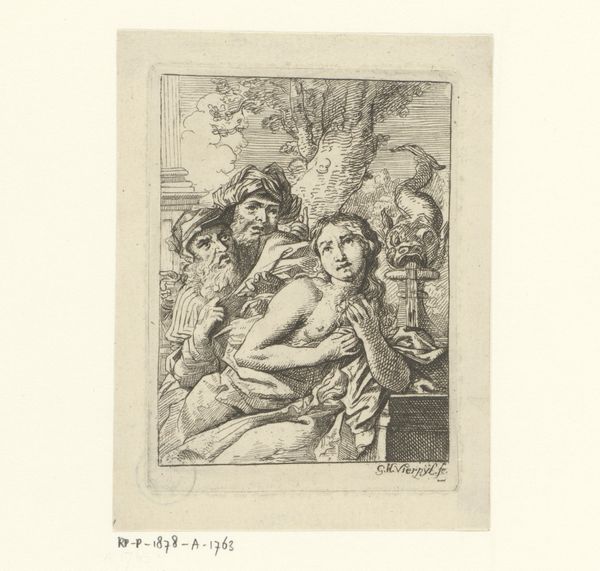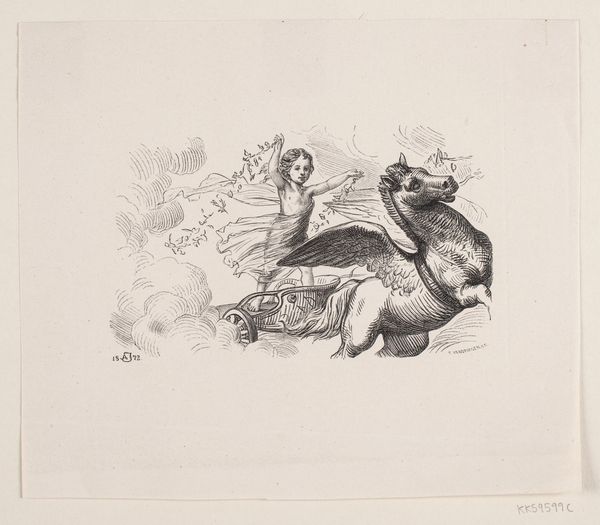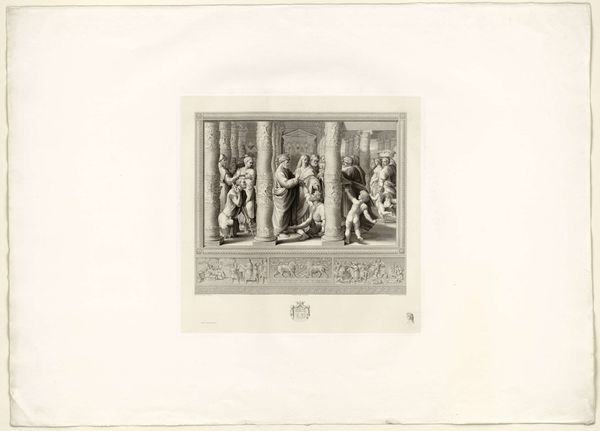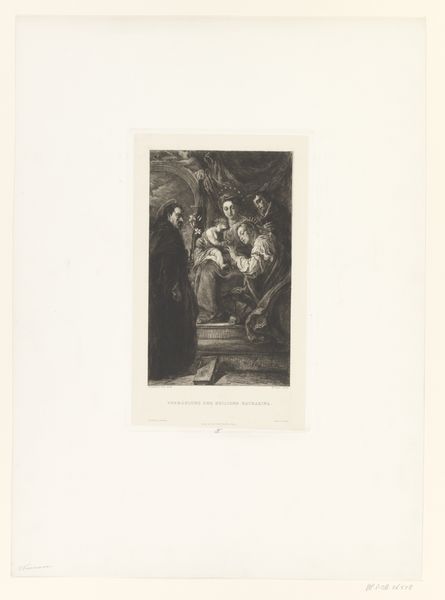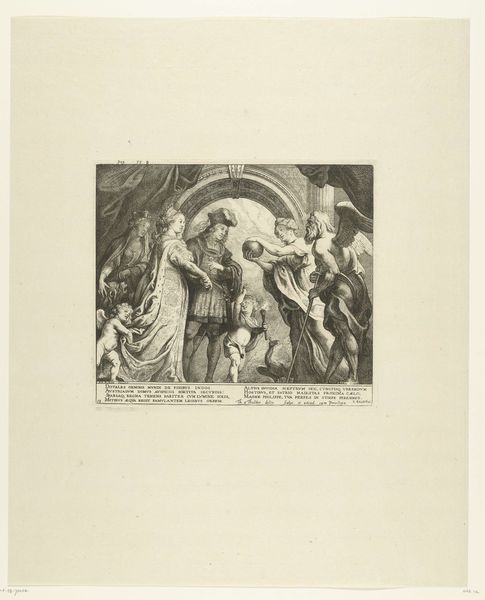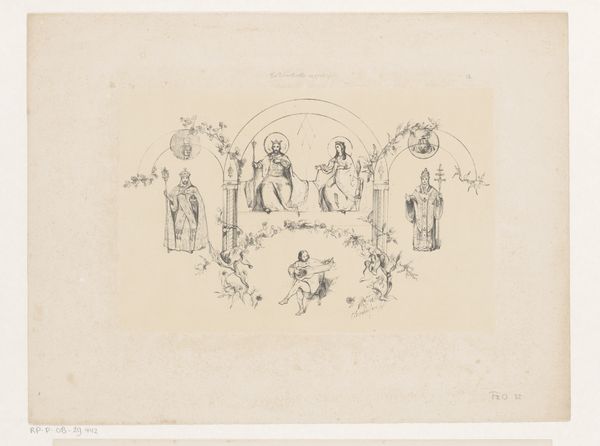
Fotoreproductie van schilderij De graflegging van Christus door Carlo Crivelli, Vaticaanse Pinacotheek c. 1860 - 1900
0:00
0:00
print, photography, gelatin-silver-print
# print
#
figuration
#
photography
#
gelatin-silver-print
#
history-painting
#
italian-renaissance
#
realism
Dimensions: height 192 mm, width 255 mm
Copyright: Rijks Museum: Open Domain
This photograph of Carlo Crivelli's painting "The Deposition of Christ" was produced by Fratelli Alinari. As a photographic reproduction, its material is a light-sensitive emulsion on paper, a stark contrast to the original painting, likely tempera on panel. Photography in the 19th century involved a complex interplay of chemistry, optics, and labor. From the preparation of the light-sensitive materials to the careful manipulation of exposure and development, each step required technical skill. The sepia tone and the soft focus lend the image a sense of historical distance. Photographic reproduction democratized art, making masterpieces accessible to a wider audience. But this accessibility came at a cost. The aura of the original is inevitably diminished in reproduction. The photograph transforms the painting into a commodity, available for mass consumption. The Alinari brothers were pioneers in this industry, documenting Italian art and architecture on a large scale. Their work reflects the rise of a culture industry, where art becomes a source of profit and a tool for national branding. Considering the history of this image challenges us to think about the relationship between art, technology, and commerce.
Comments
No comments
Be the first to comment and join the conversation on the ultimate creative platform.
